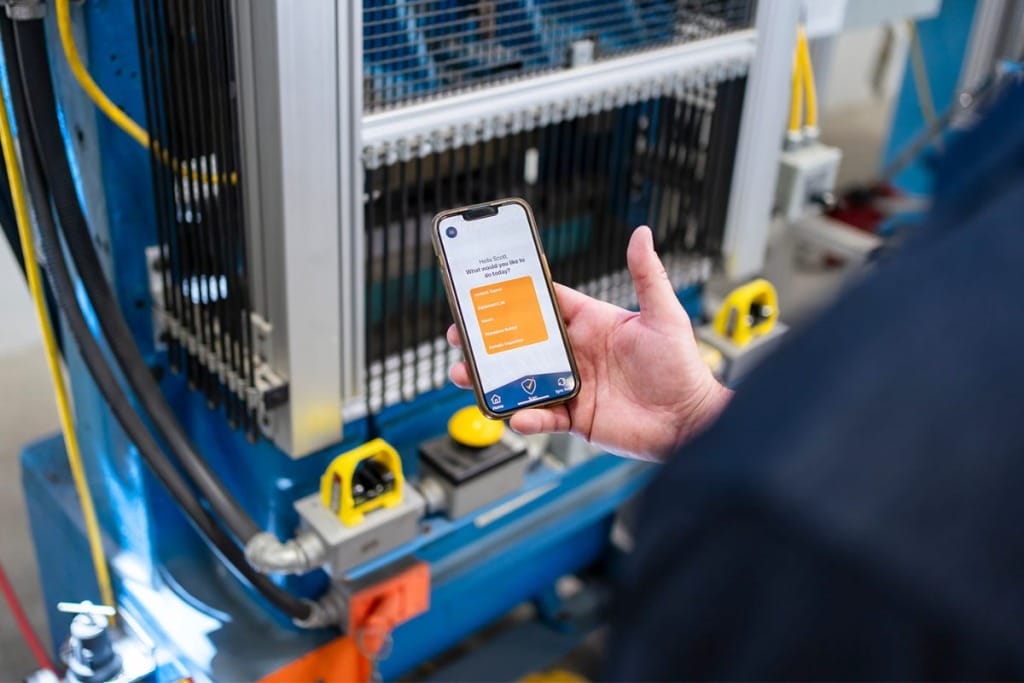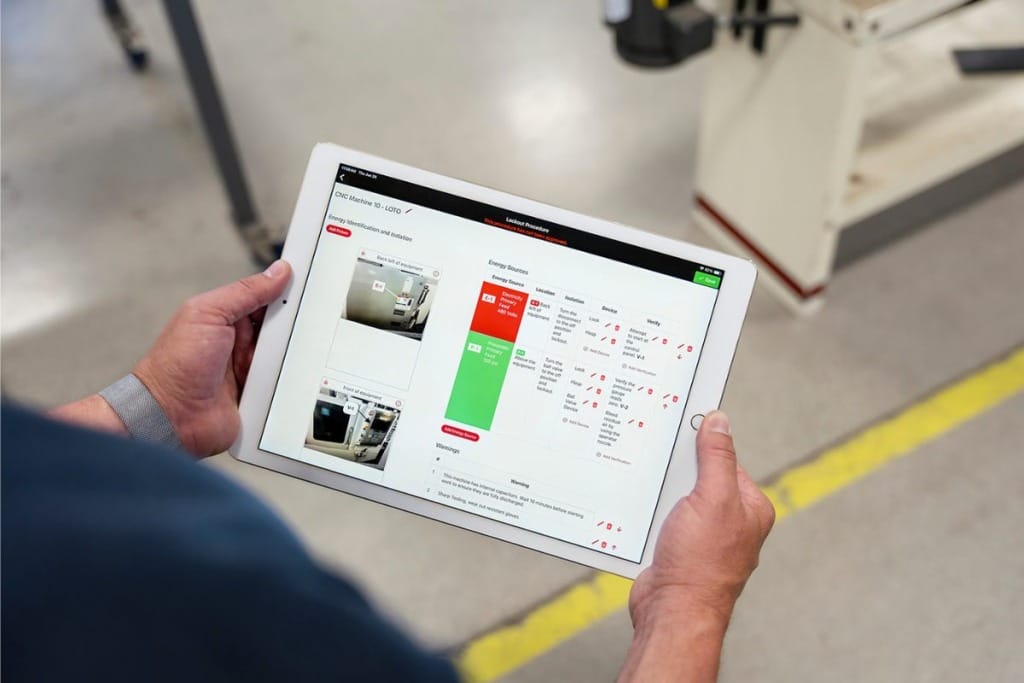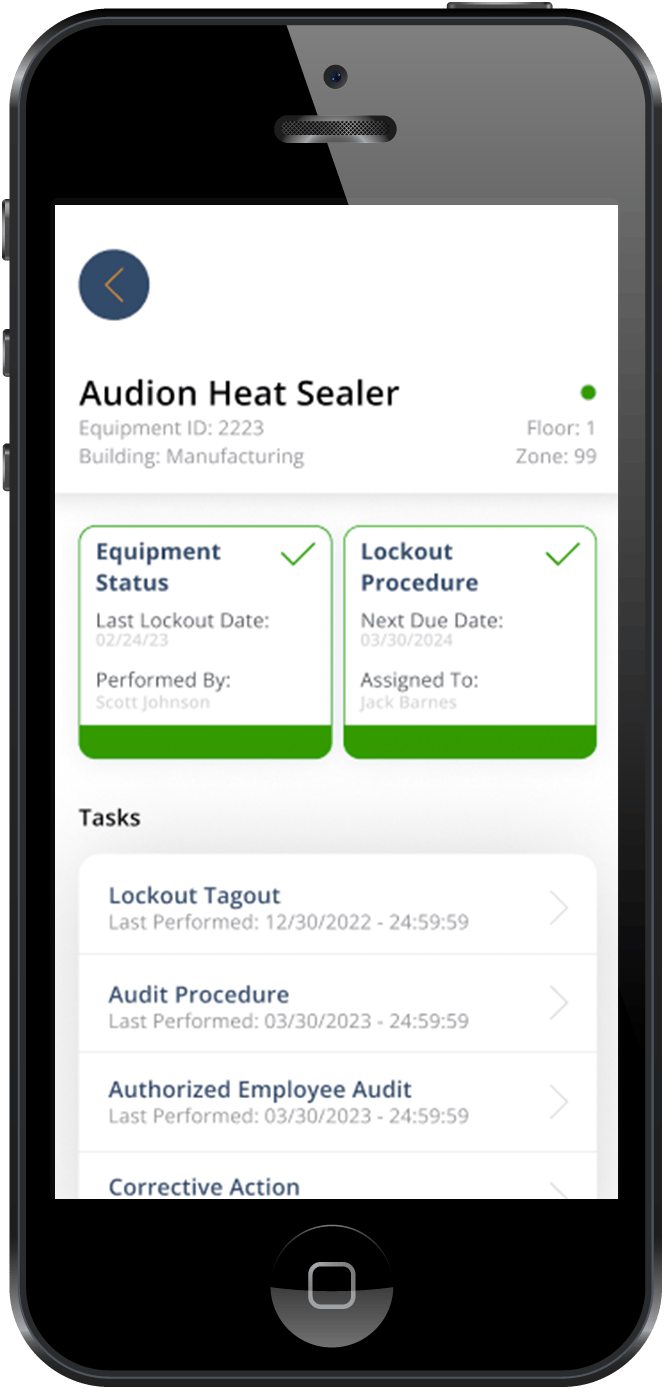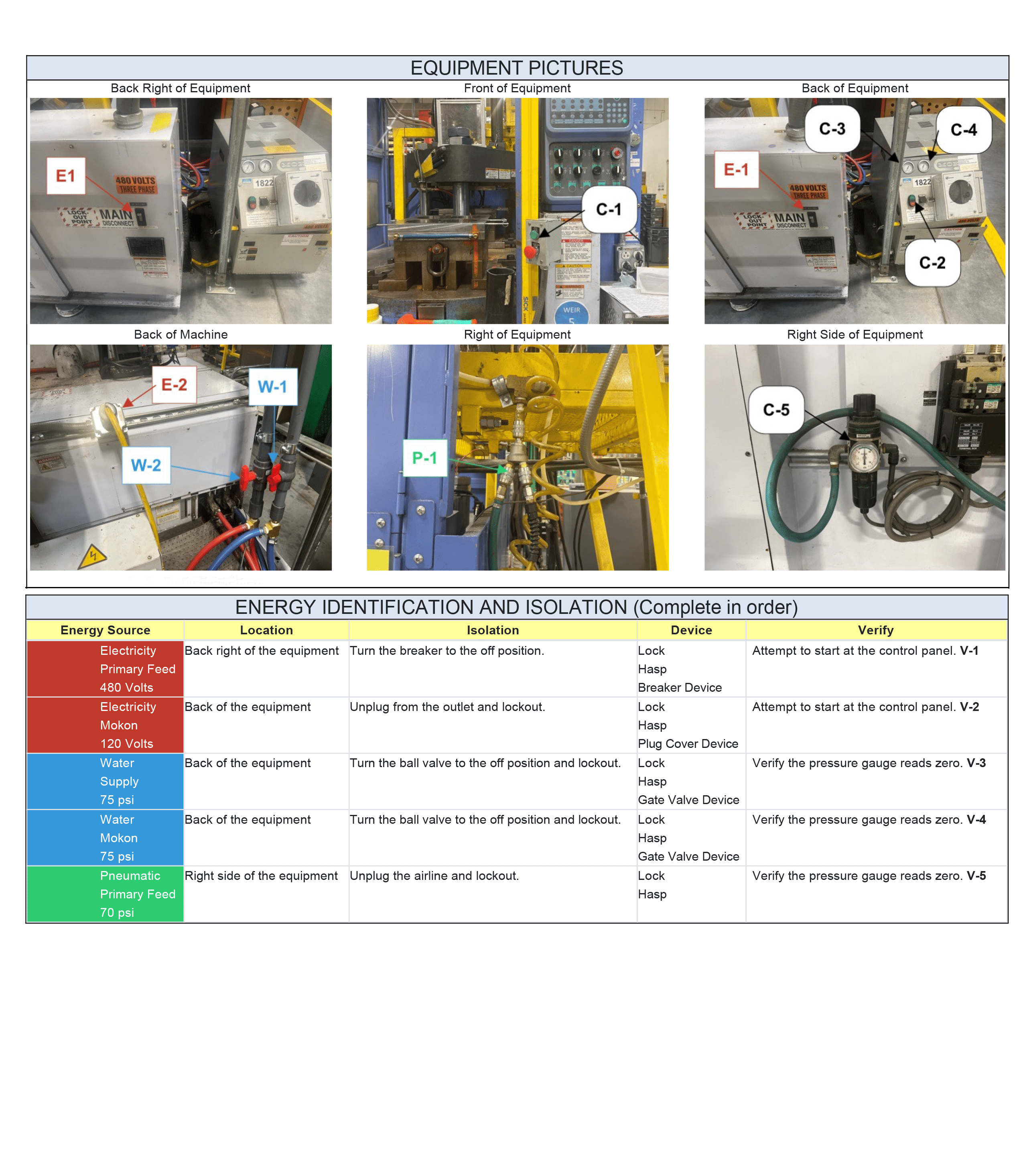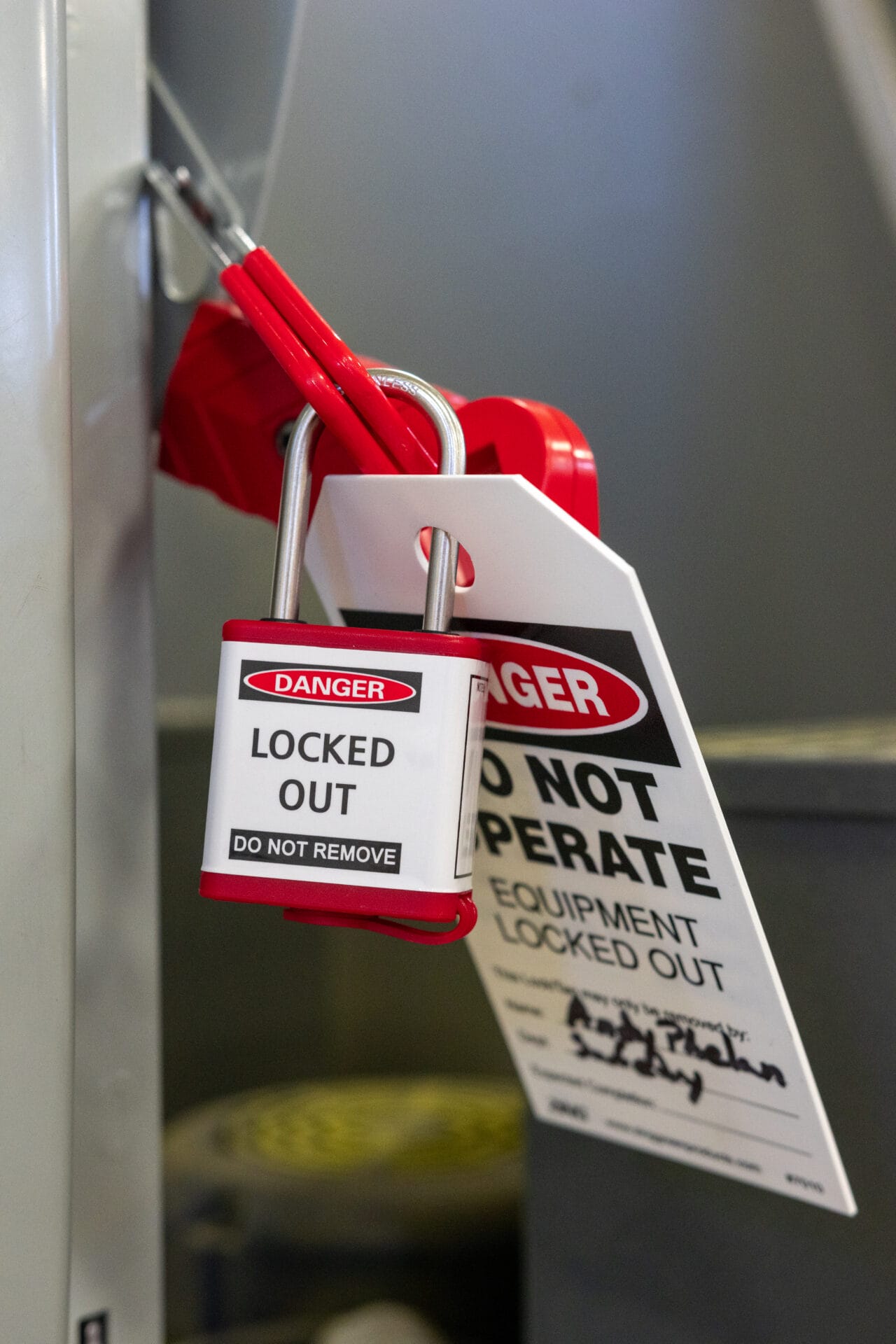This article explores how periodic inspections help organizations stay compliant with OSHA’s LOTO regulations and avoid penalties.
Lockout Tagout (LOTO) procedures are a critical part of workplace safety, especially for industries that handle hazardous energy. Ensuring that machinery is properly shut off and isolated during maintenance and repairs is key to preventing serious injuries.
While creating a LOTO program is the first step, maintaining OSHA compliance requires ongoing monitoring and evaluation. This is where periodic inspections play a crucial role.
In this article, we will explore the importance of periodic inspections for maintaining OSHA compliance in LOTO programs and how these inspections help prevent injuries and fines.
Understanding OSHA’s Lockout Tagout Standard
The Occupational Safety and Health Administration, also known as OSHA, is an organization responsible for establishing a lockout tagout safety standard known as “The Control of Hazardous Energy (lockout tagout) 29 CFR 1910.147. This standard serves as the benchmark and guidebook for lockout tagout.
For those who aren’t very familiar, here’s a brief overview of what OSHA is, their lockout tagout safety standard, and how it’s tied to periodic inspections.
What is OSHA?
OSHA is the governing body for workplace safety standards in the United States. As such, it is responsible for ensuring that employers provide a safe working environment for their employees. Part of OSHA’s role is to provide employers with guidelines for the proper set up of safety programs and procedures. This is accomplished by establishing and regulating safety standards.
What to know about the lockout tagout standard (29 CFR 1910.147)
In order to safeguard workers around hazardous energy, OSHA established and released a standard for lockout tagout (1910.147) in 1989 that is still used today. This standard details the required safety measures for controlling hazardous energy. It includes valuable information that clarifies what lockout tagout is, explains its purpose, provides information for its completion, and specifies requirements for compliance.
The regulation requires:
- The use of lockout or tagout devices to isolate energy sources.
- Regular training for employees on LOTO procedures.
- The development of detailed, equipment-specific LOTO procedures.
- The performance of periodic inspections to ensure that energy control procedures are being followed.
Because periodic inspections are explicitly stated as a requirement in the standard, they are vital for personnel to understand and perform. Let’s dive deeper into what periodic inspections are and why they are important.
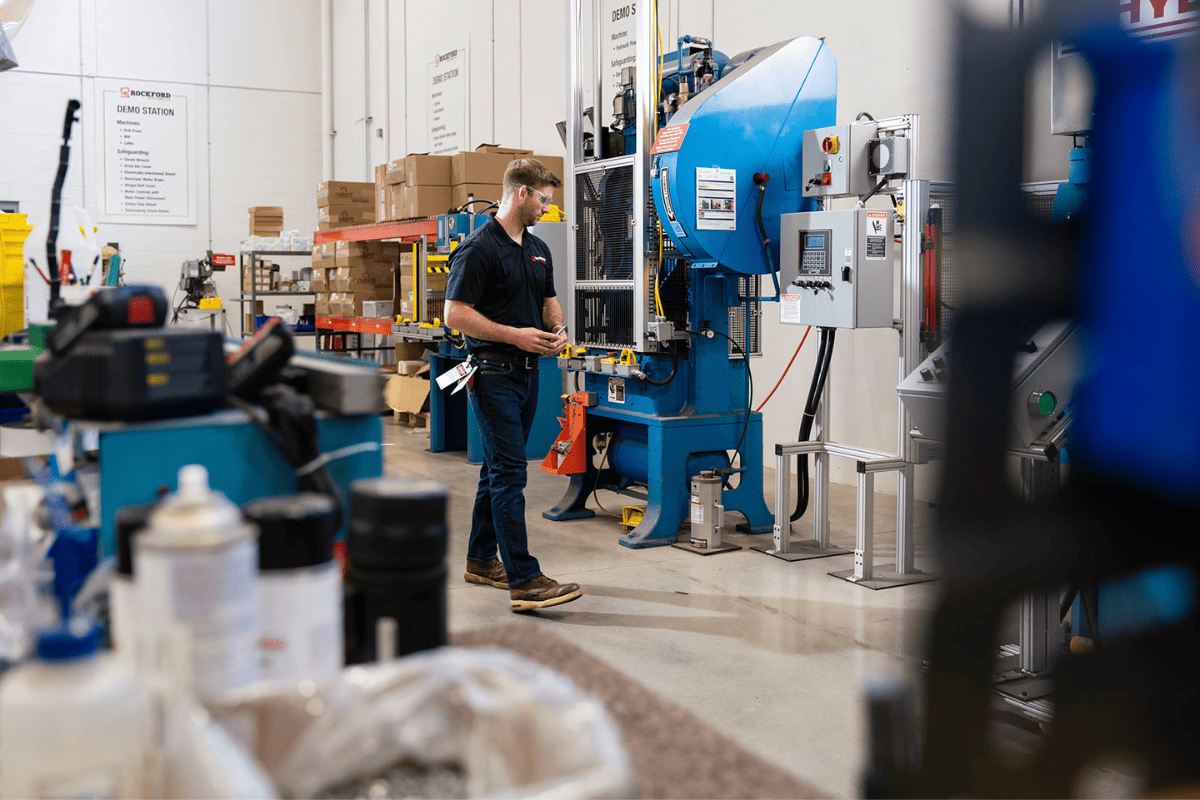
What Are Periodic Inspections in LOTO?
Periodic inspections are annual evaluations required by OSHA to ensure the continued effectiveness and compliance of a company’s Lockout Tagout program. They serve as a recurring check up on loto procedures and the personnel performing them. These inspections assess whether:
- Procedures for each machine or equipment are correct and complete.
- Employees understand and follow the procedures as they perform lockout/tagout tasks.
- Any deviations or procedural deficiencies are identified and corrected.
Periodic inspections are vital for identifying and addressing compliance gaps that may have emerged due to changes in equipment, personnel, or processes.
The Purpose of Periodic Inspections
Periodic inspections are designed to achieve several key goals:
Ensuring Compliance with Procedures: The primary objective is to confirm that authorized employees are following the established LOTO procedures during equipment shutdown, maintenance, and startup. By doing so, organizations can identify any deviations or gaps in compliance.
Identifying Procedure Deficiencies: Procedures may become outdated due to changes in equipment, energy control mechanisms, or work processes. Inspections allow for a review of these procedures to ensure they are still applicable and sufficient to prevent the release of hazardous energy.
Employee Competency Evaluation: Inspections verify whether authorized employees are trained, knowledgeable, and competent in applying LOTO procedures. They ensure workers understand how to properly isolate and control energy sources, apply locks, and remove them safely.
Verifying Protective Measures: Inspections confirm that workers are using the correct lockout devices, tags, and protective equipment as part of the LOTO procedure. This also includes verifying the use of personal protective equipment (PPE) where required.
Continuous Improvement: Periodic inspections provide an opportunity for safety managers to assess the overall effectiveness of the LOTO program. They allow for the collection of feedback and data to identify areas for improvement, optimize procedures, and enhance worker safety.
OSHA Requirements for Periodic Inspections
Under OSHA’s LOTO standard, there are specific requirements that organizations must follow when conducting periodic inspections:
Failure to conduct these inspections or improperly documenting them can lead to OSHA citations and fines.
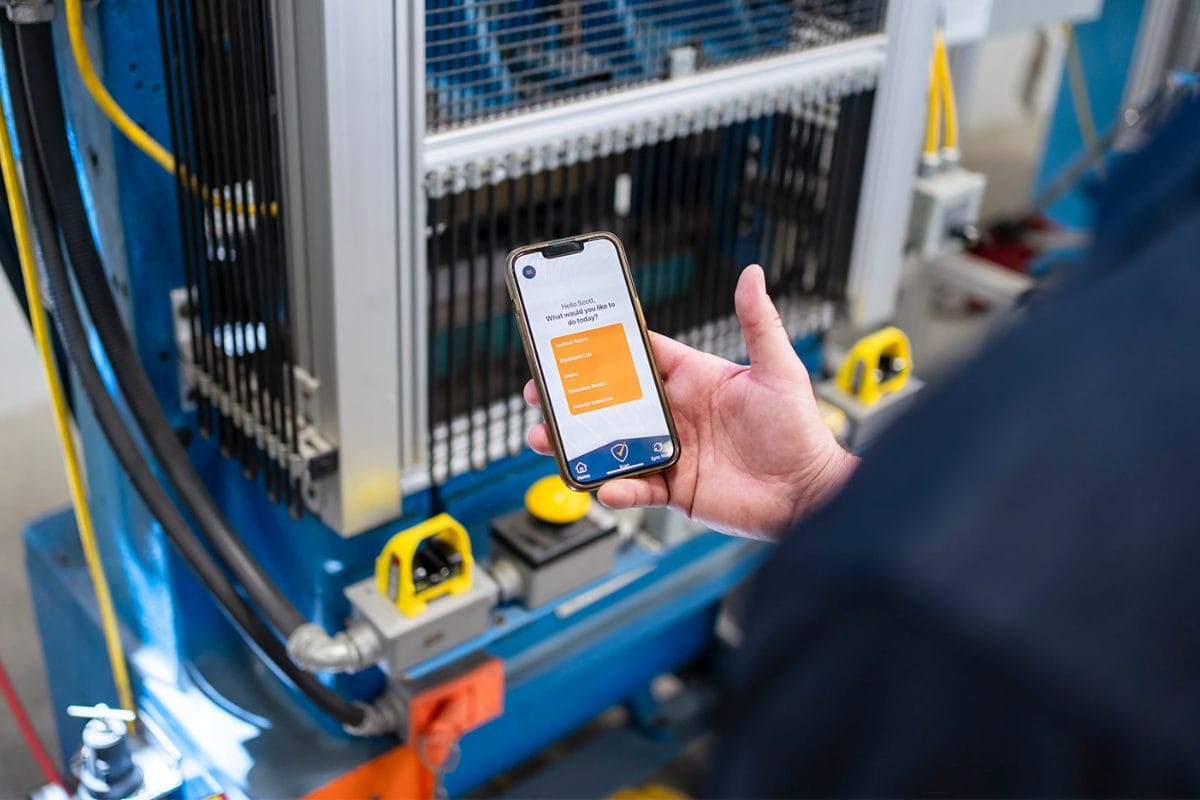
The Importance of Periodic Inspections for OSHA Compliance
Periodic inspections are essential not only for maintaining a safe workplace but also for staying compliant with OSHA standards. Here’s how they contribute to compliance:
- Verifying Procedure Accuracy: Over time, machinery and processes may change, and the initial LOTO procedures may no longer be accurate. Inspections ensure that these procedures are up-to-date and still effective.
- Ensuring Employee Knowledge: LOTO procedures are only effective if employees understand and follow them. Inspections help verify that workers are knowledgeable about the procedures, reducing the risk of human error.
- Identifying Non-Compliance: Periodic inspections reveal areas where employees may be bypassing or incorrectly applying procedures, allowing companies to correct non-compliance before it results in an OSHA violation or injury.
- Documentation: Having clear documentation of periodic inspections provides evidence during an OSHA audit that your organization is actively maintaining compliance.
The Inspection Process: Key Steps
To conduct a successful periodic inspection, there are several steps organizations should follow:
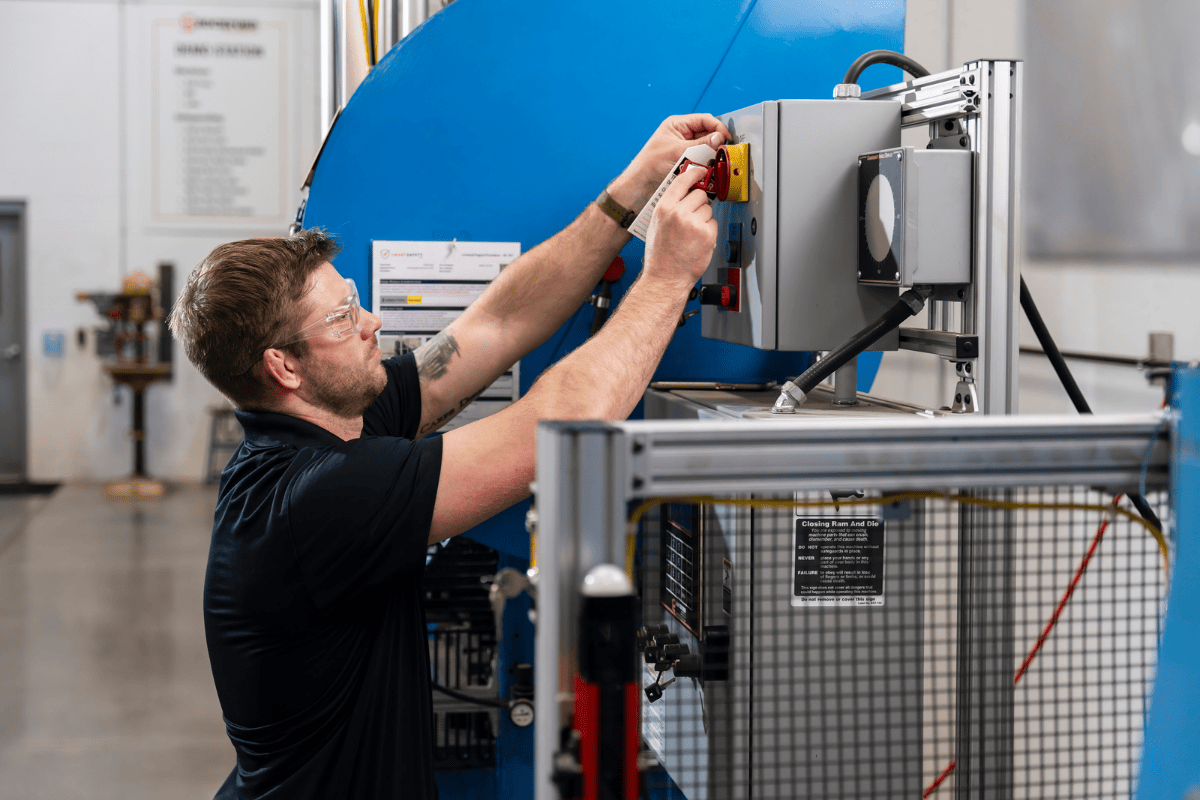
The Consequences of Non-Compliance
Neglecting periodic inspections or failing to meet OSHA requirements can have serious consequences, including:
- OSHA Citations and Fines: Failure to conduct or properly document periodic inspections is a violation of OSHA standards. Fines for LOTO-related violations can be steep, particularly if they result in a serious injury or fatality.
- Increased Risk of Workplace Accidents: Without periodic inspections, companies may miss critical gaps in their LOTO procedures, increasing the likelihood of hazardous energy-related accidents.
- Legal Liability: If an employee is injured due to a LOTO procedure failure, the company could face lawsuits and workers’ compensation claims, resulting in financial and reputational damage.
How to Ensure OSHA-Compliant Periodic Inspections
To simplify and ensure compliance with OSHA’s periodic inspection requirements, consider the following best practices:
- Standardize Inspection Procedures: Create a checklist or template for conducting inspections that includes reviewing procedures, observing employee compliance, and gathering feedback.
- Schedule Inspections Regularly: Don’t wait until the last minute. Spread inspections out over the year to make them more manageable and avoid compliance gaps.
- Leverage Technology: Use LOTO software, such as Smart Safety Pro, to automate inspection scheduling, track completion, and document results. This reduces the burden of manual record keeping and ensures that your inspections are documented accurately.
- Provide Continuous Training: Regularly train employees not just on LOTO procedures but also on the importance of inspections and compliance. Keeping workers informed reinforces a culture of safety.
Common Challenges + How Software Can Help
While periodic inspections are necessary, companies often face challenges in executing them effectively. Here are some of the most common issues that companies run into regarding periodic inspections and how software can resolve them.
- Challenge #1: Overlooking Equipment Changes: As companies grow, add new machinery, or change processes, it can be difficult to keep up with adding new LOTO procedures or removing ones from your program that are no longer necessary. Periodic inspections help identify where updates are needed.
- Software solution: Lockout tagout software allows you to build LOTO procedures or change existing ones in a matter of a few button clicks! This makes it much more manageable for supervisors to keep track of equipment assets, ensure they are receiving proper care, and efficiently run their LOTO program.
- Challenge #2 Poor Record Keeping: Without proper documentation, organizations may struggle to prove compliance during an OSHA inspection. Maintaining a clear, accessible record of inspections is essential.
- Software solution: Our software solution offers a detailed usage history, on-the-go reporting, and central location for information, making it that much easier to stay organized and retrieve necessary info.
- Challenge #3 Scheduling Inspections: Most companies conduct periodic inspections once a year to meet the requirements of OSHA. Due to the infrequency of these inspections, they can easily become an afterthought or get forgotten all together.
- Software solution: A cool feature offered by our software is a countdown for upcoming inspections. This helps inform users of pending jobs and helps them stay on top of their completion.
- Challenge #4 Lack of Employee Participation: Employees who don’t understand the significance of periodic inspections may be reluctant to participate. Since their involvement is necessary for proper procedure review, this can be a challenge.
-
- Software solution: When new customers purchase our software, they are eligible to receive training from one of our professionals either in person or over a video call. Not only that, but they also have access to training materials within the software platform. This training can be used to educate employees and help them understand the need for periodic inspections.
These are just a few of the ways that Smart Safety Pro software can make periodic inspections easier to complete. To learn more about our lockout tagout software and its capabilities, schedule a brief demo!
Conclusion
Periodic inspections are a cornerstone of OSHA compliance for lockout tagout programs. They provide an opportunity to verify that procedures are accurate, employees are knowledgeable, and safety standards are being met. By conducting thorough inspections, documenting findings, and correcting deficiencies, companies can prevent injuries, avoid costly fines, and maintain a culture of safety in the workplace. Prioritizing these inspections will not only keep you compliant with OSHA standards but also foster a safer working environment for all.


